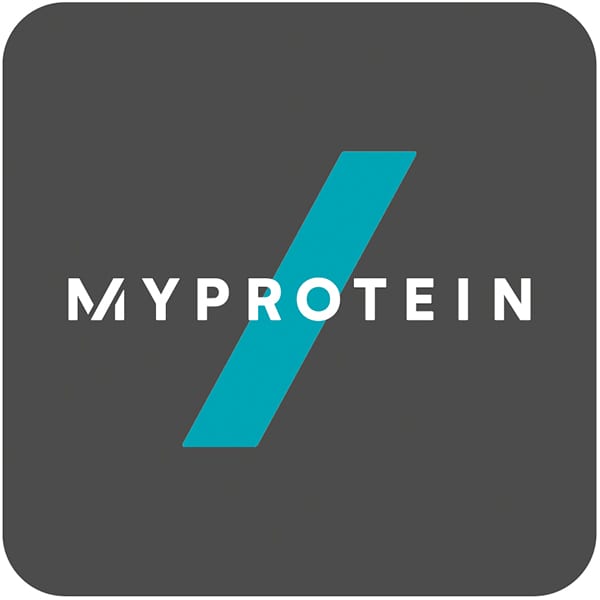When it comes to losing weight, you need to ensure that you are consuming less calories per day than you are using to function, exercise and carry out daily activities. The best way to do this is to exercise, to burn more calories, whilst eating a lower calorie diet.
A general figure is to eat 500 calories below your daily maintenance, though diets such as the VLCD (very low calorie diet) involve eating much less, in order to obtain much faster results.
What is a VLCD?
A very low calorie diet is essentially what the name suggests; a diet which is very low in calories. Technically, in order to a diet to be classed as a VLCD, it should consist of no more than 800 calories per day.
800 calories is a very, very low amount to eat per day, and is why such drastic weight loss can be achieved on such a diet. Given that 1lb of fat equates to 3500 calories, someone who has a TDEE (maintenance calories) of 2800 will be eating at a deficit of 2000 calories per day and subsequently a deficit of 14000 calories in a week, the equivalent of 4lbs of fat. Likewise, someone with a TDEE of 1800 would see a drop of 2lbs, and so on.
Given that the average recommended daily intake for women is 2000, and for men it is 2500, a diet consisting of 800 calories or lower is very drastic and thus, is not for everyone.
Who is a VLCD suitable for?
As previously stated, a VLCD is an extremely restricting and drastic diet, so shouldn’t be taken lightly. They are not recommended widely due to this reason, and shouldn’t even be considered by most people.
Essentially, according to the NHS, a VLCD should only be attempted by someone who is very overweight (obese). Statistically speaking, this means your BMI should be at least 30, though BMI is not a totally accurate measure of obesity since it does not take into account muscle mass/fat mass. I.e. a rugby player, or bodybuilding, who is fairly lean with a large amount of muscle may been seen as being obese according to BMI. If you don't know what weight range you are in, use our BMI Calculator.
Moreover, it’s only recommended that people who have a BMI of over 30 should attempt this diet if they have tried to make healthy changes to their routine but have not seen any success. If you have not yet tried to make changes to your diet/exercise regimen and are considering a VLCD as a first step, don’t! You should first attempt a different diet plan which will be easier to follow, such as flexible dieting or intermittent fasting.
VLCDs are not recommended for pregnant, or breastfeeding woman, children, or those aged 50 and over.
How to implement a VLCD?
If you believe that you meet the criteria in order to follow a VLCD, the first thing you should do is consult with your GP. They will advise you on the best steps to take, since a VLCD should only really be used as a last resort if the threats to your health of staying at your current weight are greater than those which may be present when following a VLCD.
If your GP agrees that a VLCD may be the best approach for you, then they will likely help you to set up, or find a plan that is suited to you.
There are some things you should keep in mind when you start a VLCD, and some tips to make it easier.
- You want to look for foods that have a lot of volume. An example would be any kind of green, leafy vegetables. Gram for gram they contain very few calories, meaning you can eat large quantities of them to fill you up and keep you satiated without spilling over on your calories.
- Healthy salads with lots of vegetables are great, but refrain from adding sources and dressings. Though they improve the taste, they will add lots of calories for a very small amount of actual ‘food’. It’s likely that a small helping of dressing will contain more calories than the entire salad itself.
- Foods which are high in protein and fibre are great too. The fibre will ensure that your bowel movements are healthy, since you may otherwise struggle to go to the toilet eating such a low number of calories.
- Something else you should certainly do is track your calorie intake to ensure that you are staying below 800 calories.
- Most often VLCDs don’t last longer than 12 weeks, though it depends on the plan you are following.
Risks of VLCDs
Due to the fact that you’re eating an unnaturally low number of calories, there are a number of risks/side effects which are associated with a VLCD.
1. Muscle Loss
The first is the fact that you may see some muscle loss, which itself could present some side effects. Muscle requires a certain amount of calories to maintain, and eating such a low number means you will struggle to keep all the muscle which you have. Eating enough protein and supplementing with things like BCAAs will help to minimize this, though it is something to keep in mind when doing a VLCD.
2. Slower Metabolism
Moreover, a VLCD can slow down your metabolism to the point where you may struggle to lose weight as your body goes into starvation mode and tries to hold on to the fat stores which it has. A way to overcome this is to have a diet break, or do reverse dieting for a week, or by giving yourself a reefed day (not a cheat day!) where you eat at maintenance. This is like pressing a reset button on your diet to allow you to carry on losing weight, think taking 1 step back and 2 steps forward.
VLCD Side Effects
Some of the side effects which you may face when following a VLCD can include:
- Fatigue
- Nausea
- Diarrhoea
- Anaemia
f you do feel like you experience any of these then you should consult your GP. It’s also advised that you check in with your GP regularly whilst following a VLCD in order to check that your overall health is not affected.
Take Home Message
Overall, VLCDs are really a last resort for those who are seriously overweight and have failed to lose weight thus far whilst following more conservative diets.
If you do chose to try a VLCD, you should only do so with the consent of your GP, and ensure that the plan you are following is from a credible source. If you encounter any side effects, you should again speak with your GP and if they persist, consider discontinuing the diet.

[1] NHS Choices (2016) Very low calorie diets. Available at: http://www.nhs.uk/Livewell/loseweight/Pages/very-low-calorie-diets.aspx (Accessed: 10 May 2016).
[2] Calorie Guide (no date) Www.CalorieGuide.Org. Available at: http://www.calorieguide.org/800-calorie-diet-calorie-restricted-diet-for-the-obese/ (Accessed: 10 May 2016).
[3] WebMD (2014) Weight loss and very low-calorie diets. Available at: http://www.webmd.com/diet/low-calorie-diets (Accessed: 10 May 2016).
[4] Clinical Nutrition (no date) Very low calorie diet (VLCD) plan: RFO weight loss program. Available at: http://clinicalnutrition.ucla.edu/body.cfm?id=32 (Accessed: 10 May 2016).
[5] 12 WBT Pty Ltd (2016) The danger of a Low-Cal diet. Available at: https://www.12wbt.com/nutrition/healthy/low-cal-diet (Accessed: 10 May 2016).
[6] NIH (2016) Very low-calorie diets. Available at: http://www.niddk.nih.gov/health-information/health-topics/weight-control/very-low-calorie-diets/Pages/very-low-calorie-diets.aspx (Accessed: 10 May 2016).





